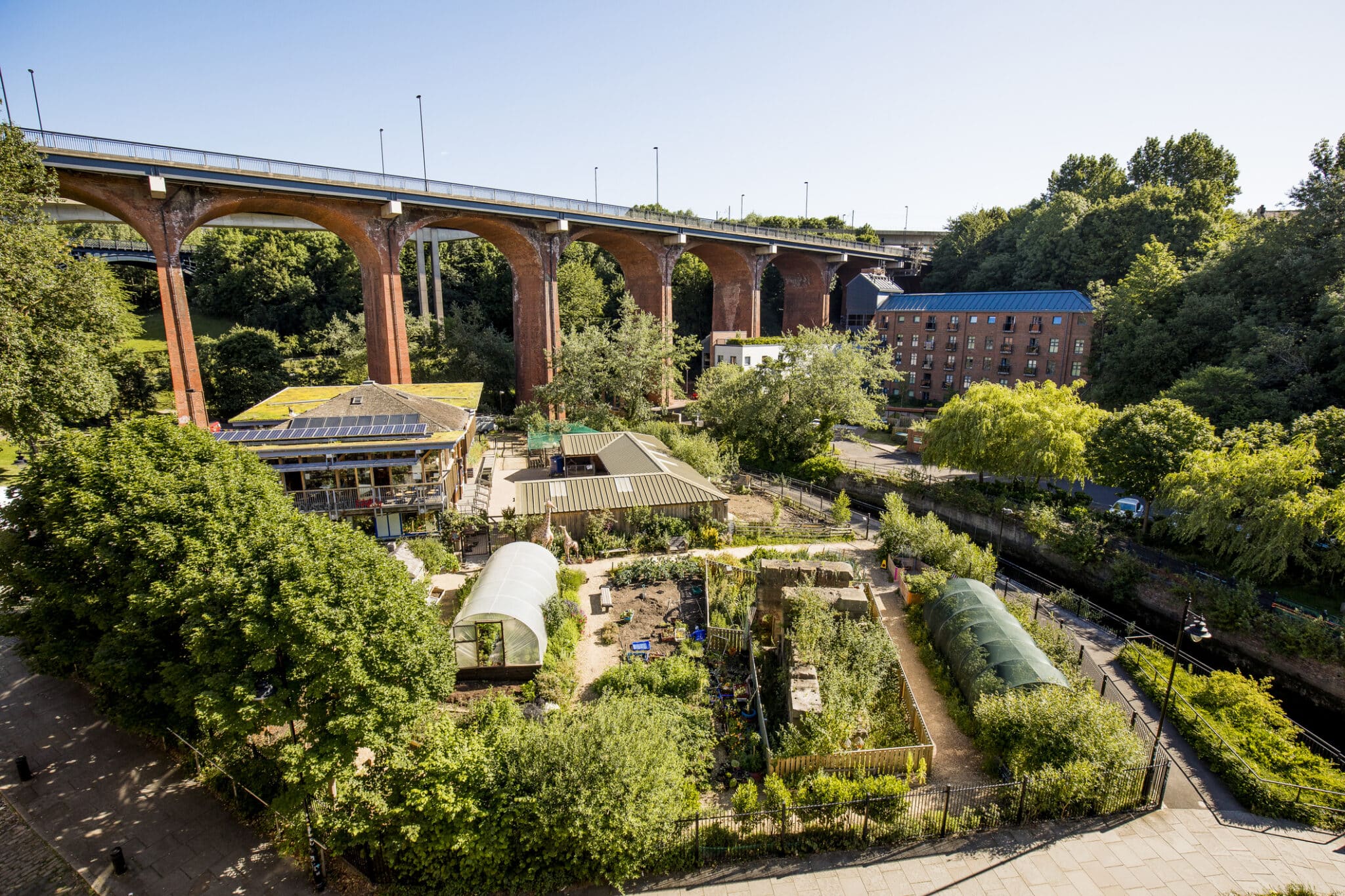The Main Principles Of City Blooming
The Main Principles Of City Blooming
Blog Article
Indicators on City Blooming You Should Know
Table of ContentsSome Known Incorrect Statements About City Blooming Not known Incorrect Statements About City Blooming The 25-Second Trick For City Blooming10 Easy Facts About City Blooming DescribedCity Blooming Things To Know Before You Get This
Interested in growing food for sale in the City of Chicago? Below is a listing of frequently asked concerns concerning the regulations and laws that cultivators must consider when preparing a metropolitan agriculture task.
The zoning change does not change any various other codes taking care of composting, structure authorizations, acquiring or renting City possessed residential or commercial property, service licenses or ecological contamination. There are existing codes that manage these issues and they continue to be in complete result and may be applicable to your job. Community yards are typically possessed or managed by public entities, public organizations or community-based organizations and kept by volunteers.
Urban ranches expand food that is meant to be offered, either on a not-for-profit or for-profit basis. Due to their commercial objective, city farms require a company certificate. Yes. A neighborhood garden is permitted to sell excess generate that was grown on site if the sales are accessory or secondary to the garden's main objective defined above.
City Blooming Things To Know Before You Buy
The quantity of compost material can not go beyond 25 cubic backyards at any given time according to the requirements in 7-28-715 of the City's Municipal Code. Since the dirt at many new garden sites needs modifying, garden compost, dirt, timber chips, or other materials can be acquired to construct or boost the growing room.

If a building license is needed after that the hoophouse will certainly be thought about an accessory structure. You can learn even more about the structure permit demands by speaking to the Department of Buildings. The 25,000-square-foot dimension limitation is planned to avoid a solitary area yard from dominating a given block or diminishing the block's existing property or industrial character.
The limit does not use to gardens located in Public Open Space (POS) districts. Can there be more than one area yard that is 25,000 square feet on a solitary block? Yes. The size limitation relates to specific yards, not to specific blocks. No. Fence is not needed, nonetheless, gardens that have huge parking lot may be required to mount fencing or other landscape design functions.
The Main Principles Of City Blooming
B1 & B2 districts need that all industrial use tasks be carried out inside your home. R areas limit commercial activity. The policies reflect the function and intent of the Zoning Code. Is fence required for metropolitan ranches? Yes. click here for info Fencings might be called for, together with landscaping and screening, for specific car park areas and outdoor job or storage space locations depending on location and the details task taking location.
Yes. Urban ranches require structure licenses and zoning authorizations prior to building. Other forms of city evaluation might be required depending upon certain frameworks, activities, size, landscape design, licensing, public heath and stormwater administration problems. Most of these requirements are recognized in the task style or permitting procedure, nonetheless, the applicant might be responsible to individually determine specific licenses or allows that may be called for.
Yes. The kind of certificate is determined by what is occurring at the site. The Department of Company Matters and Consumer Defense can aid figure out the particular kind of service license that's called for. Yes. Off road parking is needed for a lot of industrial projects in Chicago. The required variety of garage is based upon the variety of employees dealing with site and not the square footage of the growing room.
The Of City Blooming

Yes. A metropolitan ranch can market garden compost product generated on site, nevertheless, the operation must adhere to the policies in 7-28-715 of the Chicago Municipal Code. Yes. Aquaponic systems are permitted indoors on metropolitan farms in lots of zoning districts. Nonetheless, a zoning evaluation and building authorization is called for in order to mount structures or systems and an organization permit is needed as defined above.
As much as 5 hives or swarms of honey bees may be kept as an accessory use. Beekeepers need to register with the Illinois Department of Agriculture. To find out more about the proposed zoning modification you may get in touch with the Department of Real Estate and Economic Advancement, Bureau of Planning and Zoning at 312.744.8563.
, which takes place in country areas at the edge of residential areas.
6 Simple Techniques For City Blooming
, that seek to develop social networks started on a shared principles of nature and community holism. These networks can create by means of official institutional support, coming to be incorporated into local community planning as a "transition town" motion for lasting metropolitan growth.
The extra direct accessibility to fresh vegetable, fruit, and meat products that may be understood with urban agriculture can boost food protection and food safety while decreasing food miles, bring about reduced greenhouse gas emissions, therefore adding to climate change reduction. A few of the initial proof of city agriculture comes from Mesopotamia.
Report this page